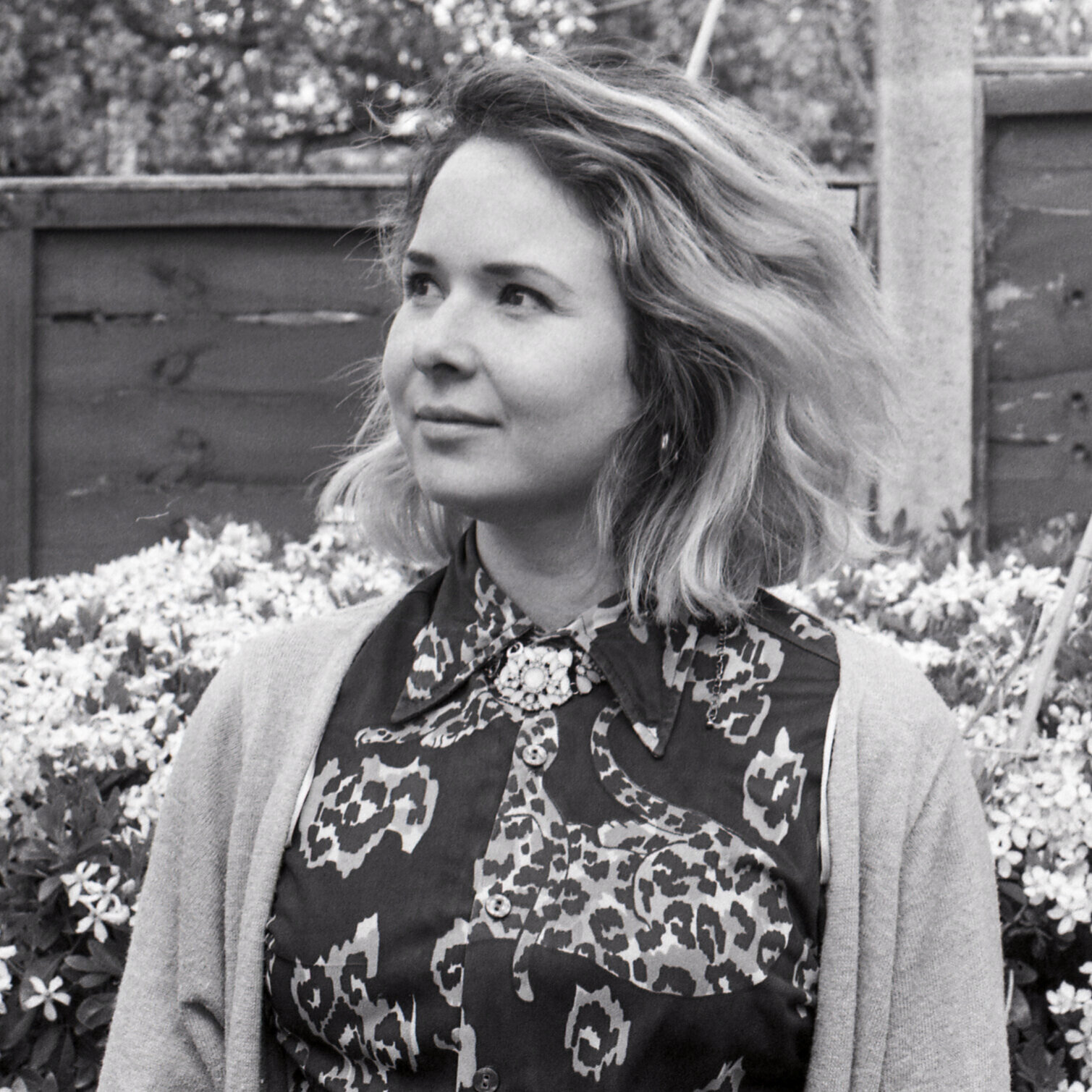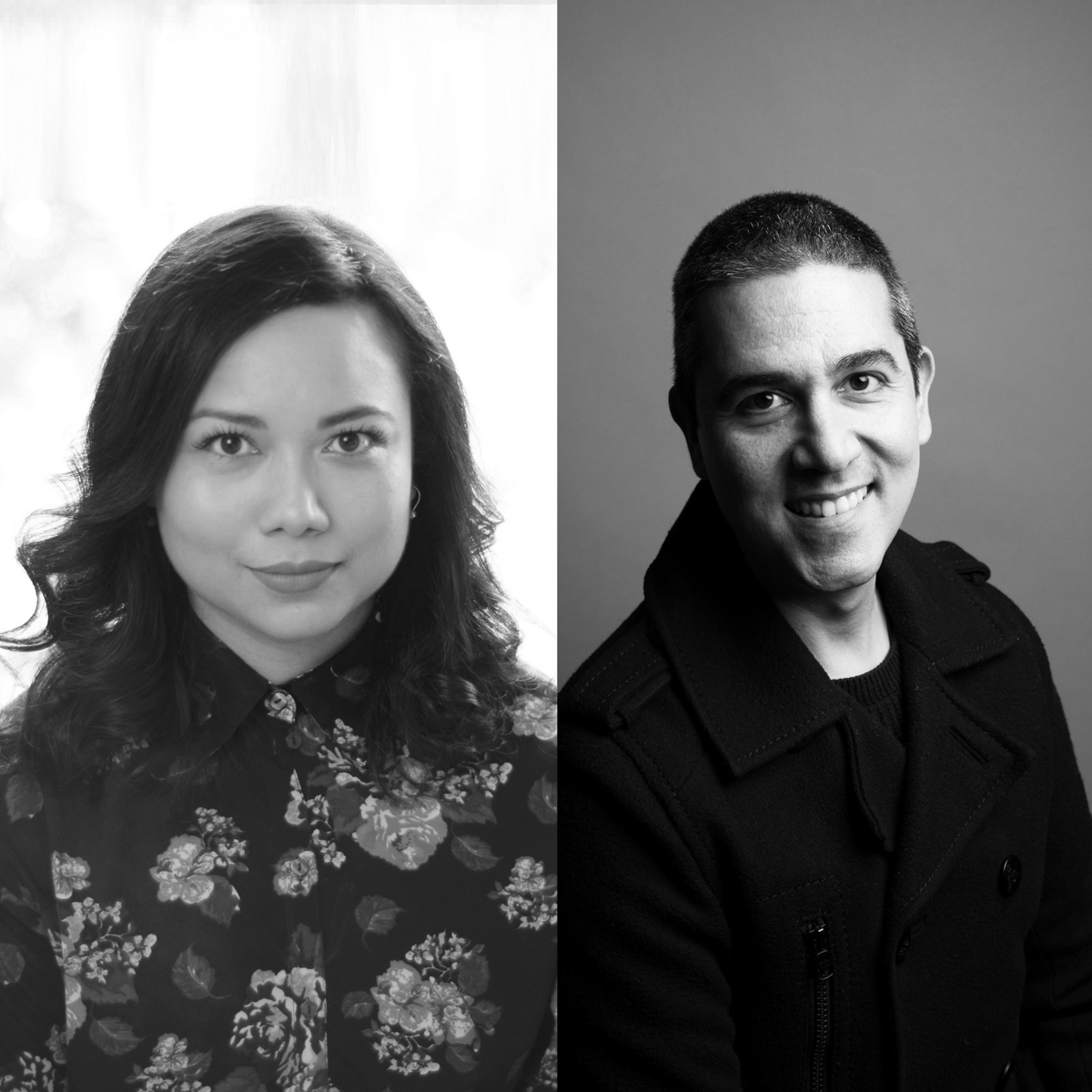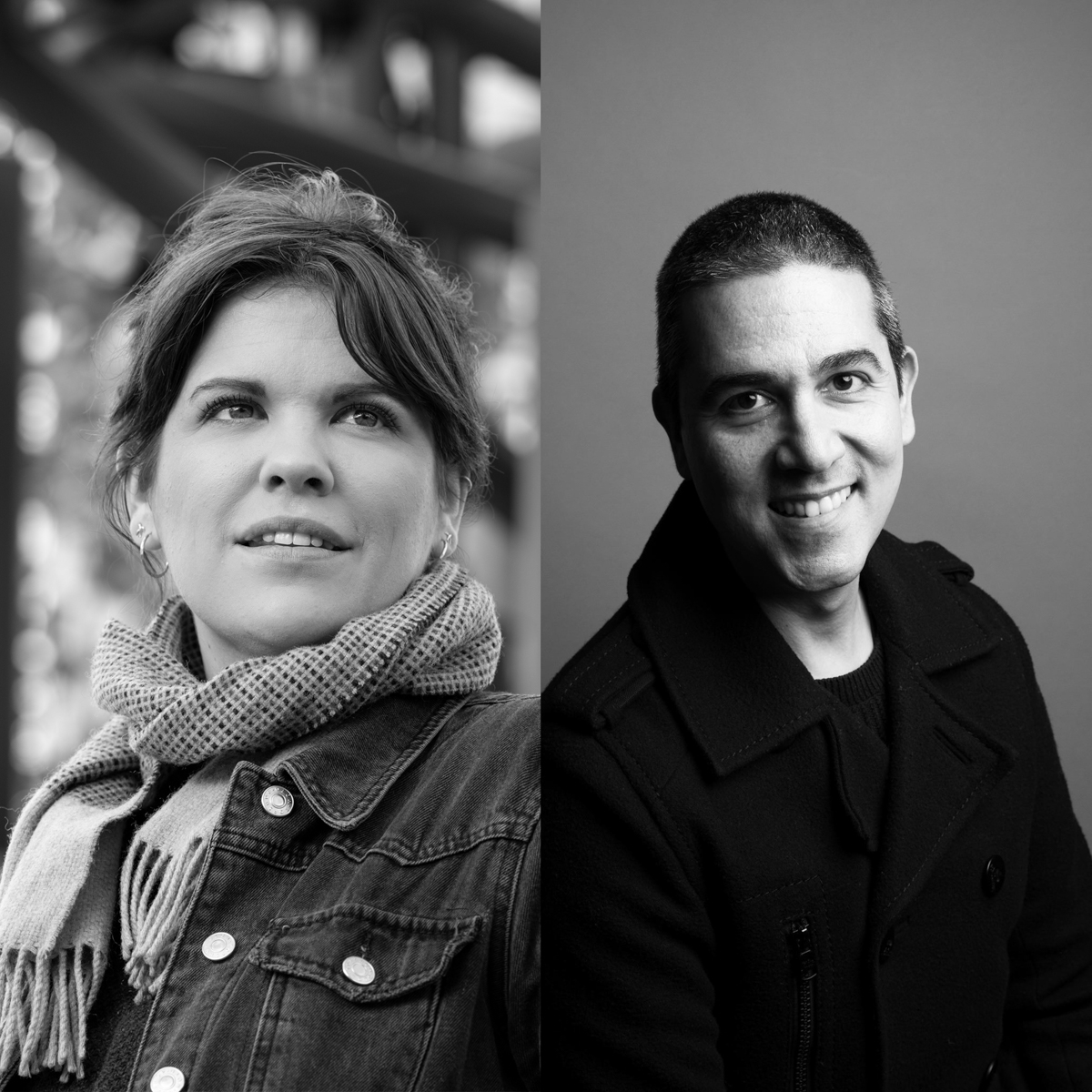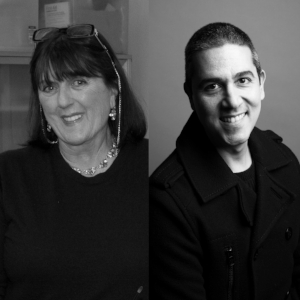This is the thirteenth post in my series of monthly posts where I speak with people in the creative industries and ask them questions about the things that "I Wish I Had Known" when I started out as a creative myself.
This week I am thrilled to chat to Raffaela Lepanto, Photo Editor and Photographers Consultant, about what it is like to work as a Photo Editor, on how should Photo Editors be approached by photographers and what can photographers do to produce portfolios that stand out:
1. You have been working in diverse roles in the photography industry for more than two decades, from the editorial desk and picture research to Photo Editor and working as a photographer yourself. How did it all start?
It started by pure chance, really. I had been working part-time for an independent publishing house while studying at the university and had loved the environment; talking with photographers and sorting out the photography archive was what I liked the most about my job, but I guess I didn’t realise it until much later.
I had studied International Political Sciences, and I really liked writing, so I thought that I wanted to do something related to journalism... but I didn’t know exactly how. I didn’t have any real experience and I didn’t know anybody in the field.
I also loved photography and had been taking pictures all my life, but I had been raised with the idea that I had to find a “serious” job. What was exactly that “serious” job that I could actually do, I didn’t know. Waiting for a magical answer, after university I took one year off to travel; when I came back to Europe I was penniless, jobless and still clueless.
So one weekend, I was trying to use my time constructively and give a serious direction to my future while reading Cosmopolitan on my sofa (she laughs). And on that issue of Cosmopolitan, I found this interesting interview to a famous Italian travel Photographer, and I really liked the interview and his photos and I thought it would be awesome to have him as a teacher. So I mustered the courage to call him. He actually answered the phone, and took me onboard to teach me!
This is where, retrospectively, I think I’ve been very lucky: the photographer wasn’t just a photographer, he was also running a very small Photo Agency specialised in Travel Photography. After the photography course finished, I offered my self as an intern and asked him if I could help in the agency for a few months. Now I’m making it sound like I was very wise and smart, the reality is that I absolutely didn’t know why I was doing it, I just felt that I needed more time there. So I worked there for 3 months as an intern, and then another 6 as a part-time photo-researcher and learned so much not just about photography but also about researching and editing.
So yes, Picture Editing really “happened” to me as a way to be as much in contact as I could with Photography. I didn’t even know it existed before then.
2. For nearly a decade, you were a Photo Editor at Grazia Neri, probably one of the biggest photographers agencies that ever existed (representing big-name photographers from Herb Ritts to Annie Leibovitz). Now, you coach photographers at universities, colleges and work with private clients as well. How was the transition from Photo Editor to Photography Consultant?
Yes, Grazia Neri Agency was the biggest Photo Agency in Italy, and one of the leading Photo Agencies in the world. It was the dream Agency to work for!
At the end of the 90’s, when I started working there, the archive of Grazia Neri, and I’m talking about an analogical archive here, was counting 20 million pictures between slides and prints. Can you imagine?
20 million physical pictures. It was totally mind-blowing.
And yes, as you say, the agency represented the best photographers and agencies of the whole world. From Annie Leibovitz to Helmut Newton, from Robert Doisneau to James Nachtwey, to Tim Hetherington, if you could think of a famous photographer or a prestigious agency, they were there...
That was my school, those photographers and their amazing pictures literally shaped my photographic education and for that, I will feel forever grateful.
I always felt that it was a much bigger opportunity than working as a Picture editor for a single magazine, that I learned much more that way.
Also, working in the super fast-paced Editorial Sales Department forced me to keep things very “real”. It was the humblest, no frills, no nonsense part of the otherwise high-end world of photography, and what worked and what didn’t work was pretty vital to learn there. It wasn’t much about “talking photography”, it was more about making photography happen, and getting it published!
Meeting new photographers, commissioning them new projects and working with them was again the part of my work that I liked the most. I guess that there has always been an element of empathy in there, as I felt that their dreams, their hopes, their problems were very similar to my own...
So the “transition” hasn’t been a real transition, after all. What changed was the “external shape” but it feels like my work has always been more or less the same. I don’t feel like I’m teaching anything to photographers, today. I still feel like an Editor, who has the chance to share what she’s learned.
Paradoxically, I’ve recently come to realise that working with non-famous photographers and students is, in fact, the “advanced” level of my work. Working with someone not used to a portfolio review and unaware of their potential, competition and market is something that took me a while to learn but for which today I feel very lucky. It gave me a much wider perspective, and it keeps me away from the haughty, condescending world of Art Critique.
3. What would you recommend photographers to focus on to develop their careers and make themselves a place in the industry?
Being a photographer is not easy: It takes a special kind of discipline, stubbornness, and courage.
If I think of the young photographers that I met during my career who really “made it”, three things come to mind:
They were all very kind: often more listeners and observers than talkers, so I’m not thinking just about extraverted PR people, here. I’m actually not thinking of them at all.
They all had a very personal style, one that I could recognise across different projects: something very difficult to achieve.
They had a deep, passionate interest in their projects. You could see it in many little details, such as their well-researched text, their relationship with their subjects, their captions... In my work you learn to read through the lines of a photographer’s work and you’ll just know how much time they have spent on it, how aware they are of other photographers’ work, if they have studied what’s out there, if they are trying to emulate what is trendy or they are really offering a bit of their soul... You learn to respect a truly personal vision because you see in “transparency” the huge work that it takes to get there.
4. What's the best way to contact Photo Editors? What are the first things that Photo Editors want to know about photographers and their work?
Well, you know, Photo Editors belong to the very same species as photographers, so they are drawn to the very same things; pictures.
A special, unexpected light in a portrait, a bold perspective, an uncommon colour to tell a story in a different way... as all visual people, they will look at images first and will make a thousand small evaluations in a second, deciding if they like them. If they do, they will read your intro text. Never the other way round.
As for how to introduce yourself, I can’t speak for all Editors in the world, of course, but I can share what I personally like to find in an e-mail. I like personal, short messages, where I can see that who writes me has taken the time to know my work and my company and introduce themselves briefly. You don’t need more than 5 lines for this; what type of photographer you are, your location, that’s it.
When I’m reading, I will have seen your images already: even one picture in an e-mail is enough, it generally tells me everything I need to know. From there, I like to be able to access the photographer’s website, and possibly see and read more.
What do Editors want to know? Photo Editors pride themselves on discovering emerging talents, so you don’t need to be an established photographer with dozens of exhibitions, awards, and publications. Of course, showing a good publication or award helps, but you don’t need to write this type of info in an email. If you have them it’s better to keep them on your website.
For your projects, again, in my view, pictures speak a thousand words; in those cases where an intro text is absolutely needed, Editors normally look for the 3 journalistic W's: who, when and where. Something I’m personally not very fond of? If someone has to explain too much the “vision” behind their photography, or if they use the third person to talk about themselves, as if they were someone else (how weird is that?).
5. How often should a photographer contact a Photo Editor? Do Editors keep records of photographers that have got in touch with them?
This is a difficult question. It’s always a matter of finding a balance, isn’t it? Between being persistent and becoming... too persistent.
I personally respect persistence very much, I see it as an achievement, a quality belonging only to photographers who went through the hard initiation of rejections and have been ignored already and didn’t give up. There is nothing more deafening than the silence after a well-crafted newsletter, one that took the photographer days to prepare, not to talk about the months spent working on the project he’s trying to promote... It’s disheartening. And it makes Editors look like cruel, evil people, I know.
The reality is that a photographer seldom knows the amount of very similar newsletters and promotions Editors receive in one single day. “Very Similar” is the key, here. It’s disheartening, too. Because you really wish to get back to (almost) everybody, but you can’t because you just don’t have the time. Unless - I’m honest - you have a glimpse of something so special that makes you jump on your chair and it becomes a priority.
For a first contact, I would write a very short personal e-mail rather than a newsletter, showing the best of my work and also showing knowledge of the Editor’s magazine, agency, whatever...I would then ask for an in-person appointment. If you don’t get a reply, I would be persistent, until, hopefully, I get one. How often? It could be... a few times, leaving a few weeks in between.
For direct marketing and keeping in touch with old clients, it all depends if you have the right project to offer, if you are looking for an assignment, what is the reason for your campaign...there is no right frequency, really. I would write down the reason, the why, first of all, for each group of clients. When I know exactly why I want to contact them, I would.
Periodical, general, impersonal newsletters or mailers don’t work much, in my experience.
I’d rather focus on building real relationships, and when you do have one, you normally also know when to call, right?
As for Editors and Agents keeping records of photographers, of course, they do. Not all of them, but the ones who emerged as somehow different, or especially talented, they sure do keep them.
I’m still doing it now, as I often use a special project as a reference in my work with photographers.
Back when I was working for the agencies, I had endless lists of websites that I actively researched, looking for a single picture that I remembered, for a whole body of work, to assign new projects... again, Editors pride themselves on finding hidden talents, it’s just something they do, so yes, perhaps they don’t answer to all e-mails but they are like elephants, they don’t forget (she laughs again).
6. What kind of relationship do you like to have with photographers, and is it one that you'd like to grow over time?
Photographers have always been “my people”, the sort of people that I feel comfortable around; perhaps because as a photographer myself, I went through the same rejections, the same insane joy seeing my pictures published. And I know we share the same obsessions, that pale light on a dark background, a perfect coupling on a book page, a moment that just the eye of a photographer can see and doesn’t make for a normal conversation with normal people. Those details. You know what I mean...
In most cases, the working relationship becomes a very friendly one; I like to be updated on their success, and I genuinely share their happiness when our hard work pays off.
7. In your opinion, what makes a Photographer's portfolio stand out from others?
8. When you are editing a project/portfolio, what criteria do you use for selecting or discarding images?
Editing is a very complex process. You have to keep in mind so many factors that I often don’t have a clue myself what the result will be until I finish. Artistic and technical merit are just the tip of the iceberg; you also have to take into account style consistency, patterns, colours, type of light, final usage, type of public, type of layout, and of course the meaning of the project, what the photographer really wants to convey and who they want to be... It’s indeed an alchemic process, one that is very hard to describe and almost has a “life” of its own.
If I have to summarise it in two words, though: no matter how long is the project and how many pictures I have to work with, I normally do a first edit which is purely emotional and instinctual, meaning that I literally just pick the images that I like without thinking twice or having other thoughts. From the second edit onwards, rationality takes charge again; here I start thinking about all the elements above, about the sequence, about avoiding repetitions and so on... eventually, I just take out what just doesn’t work.
9. What advice would you give to a photographer who is transitioning from working as an assistant to working as a full-time photographer?
Working as an assistant is an exceptional experience for a photographer; it’s not just about learning the technicalities, it’s having a chance to be in touch with the whole photography business from the inside. My best advice is to keep it as a side-job until your solo career is on (very) solid ground: this is, having enough clients, established relationships but also a good, realistic strategy.
10. Finally, what can photographers expect from your services and how can they get a hold of you?
I keep my services as much product-oriented as I can.
I do help photographers also in the medium and long-term through coaching, but I normally start with a focus on short-term results; an edit for their new book, print portfolio, homepage, a full web edit, a new website.
I believe that offering ready-to-use tools and dividing the work into practical steps works better than offering endless consultations on how to market themselves.
All my services and contacts can be found on my website www.raffaelalepanto.com
This is fantastic, Raffaela! Thank you so much for your time and for helping me understand what being a Photo Editor is all about. This is everything that "I Wish I Had Known"!
Thanks, JC, speak soon!


























